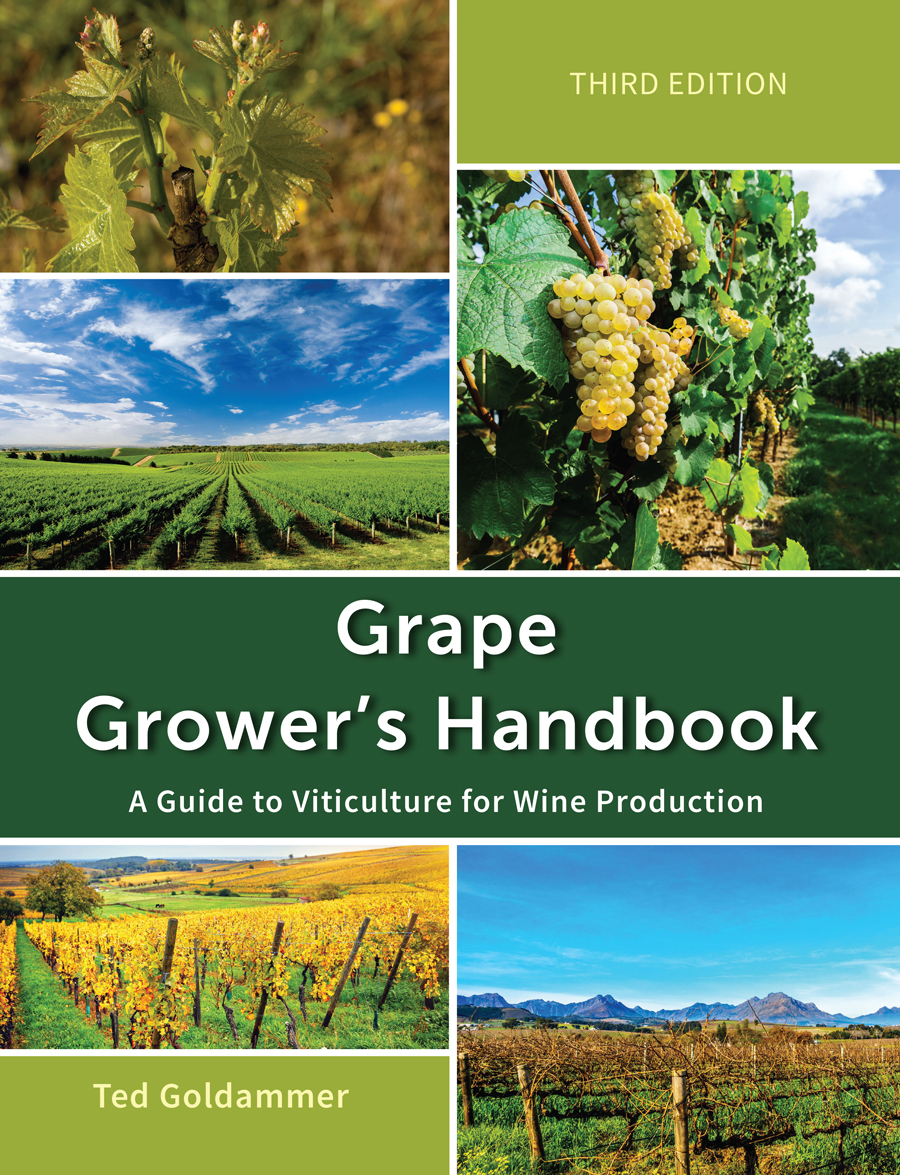Fertilizer Management for Grapevines
Methods of Fertilizer Application
Fertilizer placement is an integral part of efficient vineyard management. Correct placement often improves efficiency by which vines take up nutrients and consequently encourages acceptable yields and the production of marketable fruit. Many placement techniques are available for growers.
Broadcasting
Broadcasting spreads fertilizer across the soil surface (See Figure 17.3). Broadcast fertilizer can be left on the soil surface or incorporated by a tillage operation after application. With incorporation, these nutrients are mixed into the surface layer of the soil where root interception is more likely to occur. Broadcasting is generally the fastest and least costly fertilizer application method. Elemental sulfur is particularly suited to broadcast applications because the granules are left on the soil surface and exposed to weathering processes, which oxidizes the sulfur to plant available forms.
Ammonia Volatilization
Loss of nitrogen fertilizer through ammonia volatilization is a concern in vineyards because solid nitrogen sources applied to the soil surface are often not incorporated. Up to 50 percent of the nitrogen in solid urea or ammonium-containing fertilizer sources can volatilize to the atmosphere when applied to grapevines under two circumstances: (1) surface-applied ammonium fertilizer sources on calcareous or freshly-limed soils; and (2) surface-applied urea on acidic or alkaline soils.
Banding
Compared to broadcast and incorporated fertilizer, the banded application keeps contact between soil and fertilizer to a minimum (See Figure 17.4). This reduces fixation or “tie up” of phosphorus and potassium in the soil. Fixation of phosphorus varies with soil pH. In very acid soils (pH <5.0), the fixation occurs as insoluble iron and aluminum phosphates.
Foliar Application
Foliar nutrient application to grapevines is common for economic and environmental reasons. Under specific conditions, it can improve nutrient uptake efficiency because nutrients are directly absorbed by the leaves. Foliar spraying can provide specific nutrients to the vine on a timely basis during critical stages of growth, flowering, and fruit development. A well-planned foliar nutrition program can supplement soil fertilizer applications especially when the vine root system is unable to keep up with crop demand or when soil nutrients are unavailable.
Fertigation
Fertigation refers to injecting fertilizer into an irrigation system. This is accomplished in drip (trickle) by using some type of injector to meter the concentrated fertilizer solution into the irrigation water (See Figure 17.6). In addition to greater flexibility in application timing and optimal placement, fertigation increases the rate of nutrient uptake and predictability of vine response to fertilization compared to broadcast and band applications.
Click on the following topics for more information on fertilizer management for grapevines.

